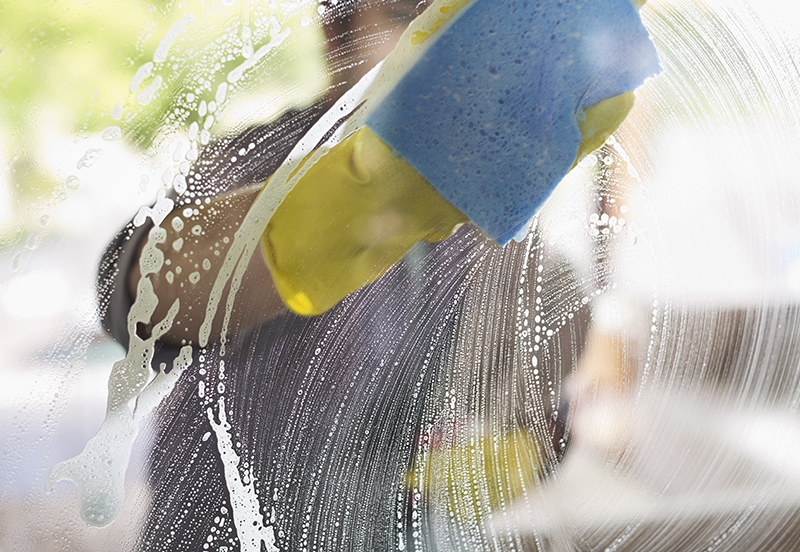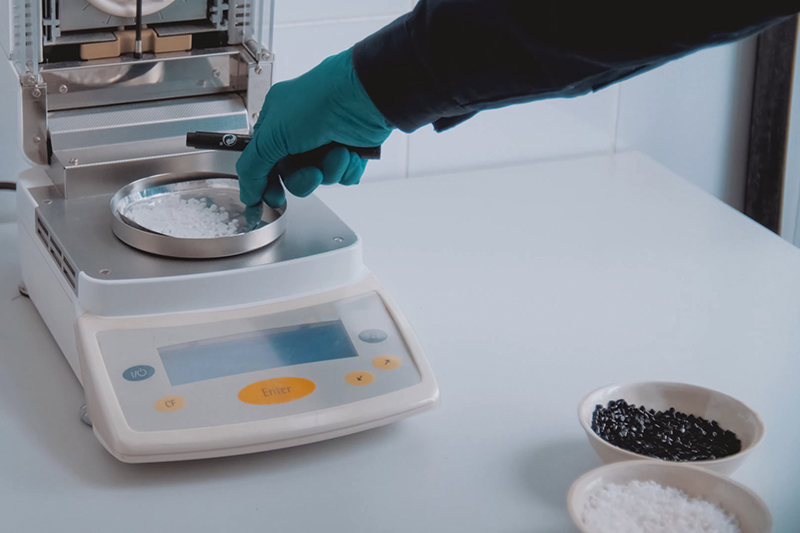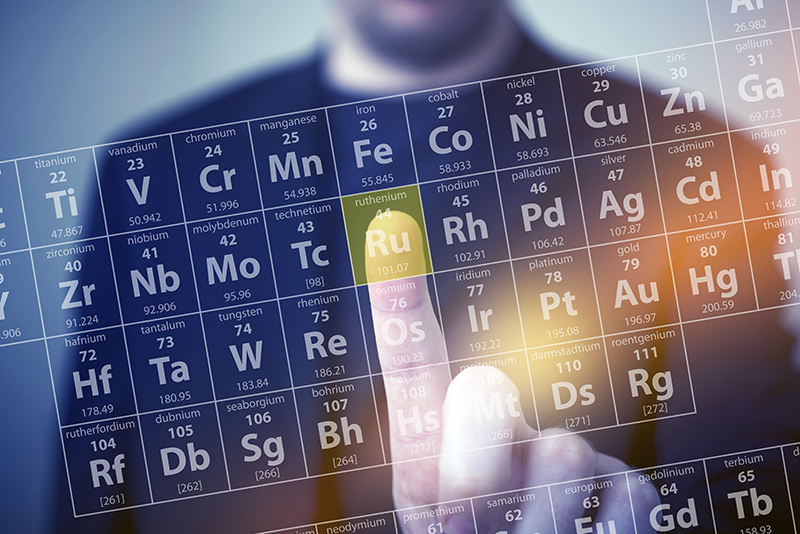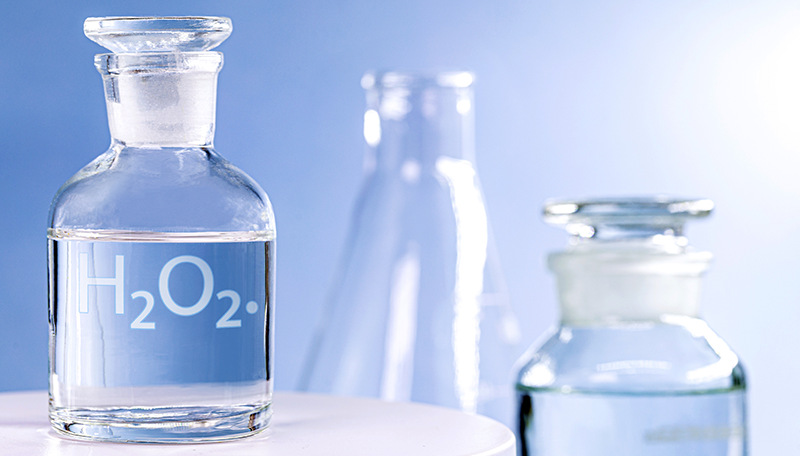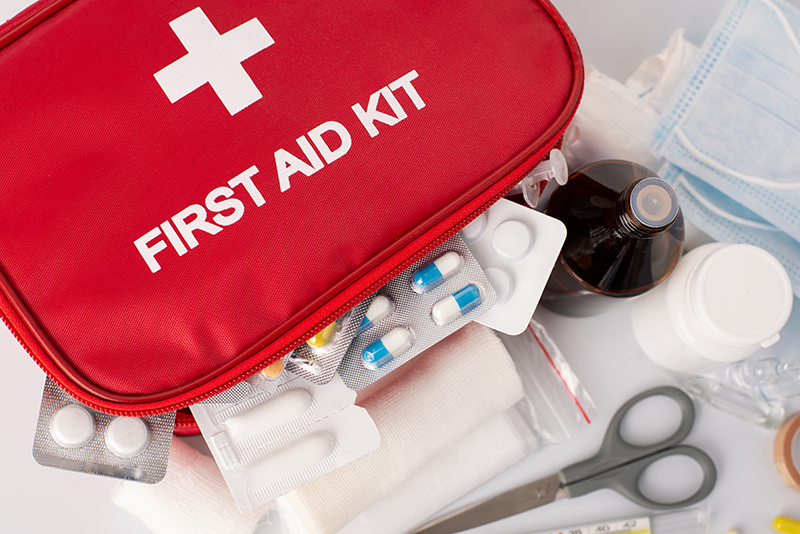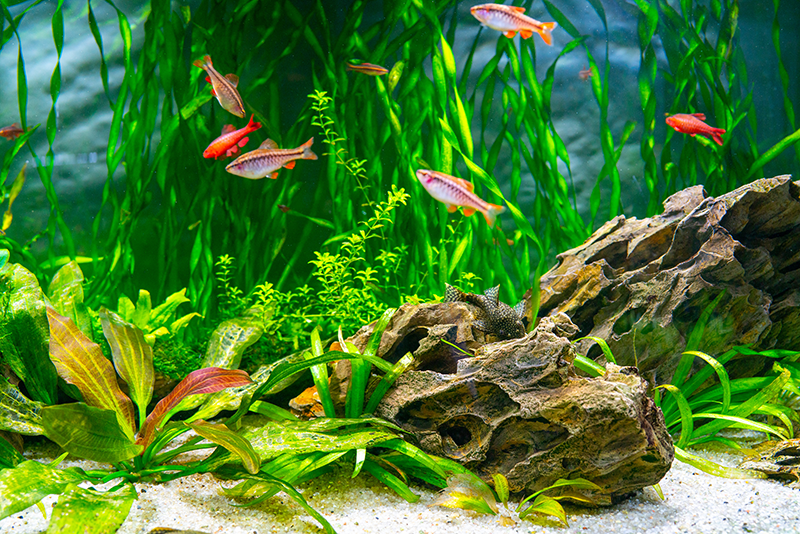Clean with Ammonia
This article provides a practical guide to using ammonia solutions for cleaning tasks. It explains how to prepare a solution by adding ammonia to warm water, highlighting important safety precautions such as proper ventilation and wearing protective clothing. It also warns of the dangers of mixing ammonia with bleach, which can produce harmful fumes. It clarifies the difference between ammonia as a solution and ammonia as a gas, as well as the risks associated with exposure to ammonia gas. This information supports the safe use of ammonia for cleaning surfaces.


